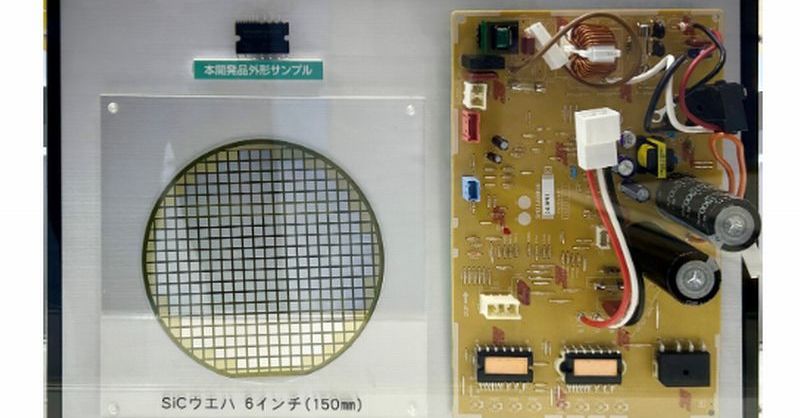Power-Saving Air Conditioners: The Rise of SiC & Si Chip IPM Technology
The quest for energy efficiency is driving innovation across all sectors, and the air conditioning industry is no exception. Traditional air conditioners consume significant amounts of energy, contributing to rising electricity bills and environmental concerns. However, a new wave of power-saving technology is emerging, spearheaded by Silicon Carbide (SiC) and Silicon (Si) Chip Intelligent Power Modules (IPMs). This article delves into the transformative potential of SiC and Si IPMs in revolutionizing air conditioner efficiency.
What are SiC and Si Chip IPMs?
Intelligent Power Modules (IPMs) are integrated circuits that combine power transistors, gate drivers, and protection circuitry into a single package. This integration simplifies design, reduces component count, and improves system reliability. The use of SiC and Si in these IPMs offers significant advantages over traditional IGBT (Insulated Gate Bipolar Transistor) based systems.
SiC's Superior Performance
Silicon Carbide (SiC) is a wide-bandgap semiconductor material offering superior performance compared to silicon. This translates to:
- Higher switching frequencies: SiC allows for much faster switching speeds, leading to reduced switching losses and increased efficiency.
- Higher operating temperatures: SiC can withstand higher temperatures, improving system reliability and extending lifespan.
- Lower on-resistance: This results in reduced power dissipation and improved energy efficiency.
- Smaller size and weight: SiC devices are typically smaller and lighter than their silicon counterparts, making them ideal for compact air conditioning units.
Si's Cost-Effective Solution
While SiC offers superior performance, Silicon (Si) IPMs provide a cost-effective alternative that still delivers significant efficiency improvements compared to older technologies. Si IPMs offer:
- Improved energy efficiency: While not as dramatic as SiC, Si IPMs still significantly reduce energy consumption compared to traditional systems.
- Lower manufacturing costs: Si is more readily available and less expensive to manufacture than SiC, making Si IPM-based air conditioners more accessible.
- Established manufacturing processes: The mature silicon manufacturing infrastructure allows for high-volume production and economies of scale.
The Impact on Air Conditioner Efficiency
The integration of SiC and Si IPMs directly impacts the efficiency of air conditioners in several ways:
- Reduced energy consumption: The lower switching losses and improved efficiency of SiC and Si IPMs lead to significantly lower energy consumption, reducing electricity bills for consumers.
- Smaller and lighter units: The compact nature of these IPMs allows for the development of smaller and lighter air conditioning units, saving space and improving design flexibility.
- Improved reliability and longevity: The increased robustness and higher operating temperature capabilities of SiC and Si IPMs contribute to longer lifespan and reduced maintenance costs.
- Enhanced environmental impact: Lower energy consumption translates directly to a reduced carbon footprint, contributing to environmental sustainability.
The Future of Power-Saving Air Conditioners
The adoption of SiC and Si IPMs is rapidly gaining momentum in the air conditioning industry. As manufacturing processes improve and costs decrease, we can expect to see a wider range of energy-efficient air conditioners incorporating this technology. This advancement represents a crucial step towards a more sustainable and energy-efficient future for climate control.
Looking Ahead:
- Further research and development will continue to improve the performance and cost-effectiveness of SiC and Si IPMs.
- Increased competition will drive down prices, making these energy-efficient technologies more accessible to consumers worldwide.
- Governments and regulatory bodies are likely to incentivize the adoption of energy-efficient air conditioners, further accelerating the market growth.
Call to Action: Learn more about energy-efficient technologies and how you can reduce your carbon footprint by exploring resources on [link to a relevant resource on energy efficiency]. Consider investing in an energy-efficient air conditioner to contribute to a greener future.
